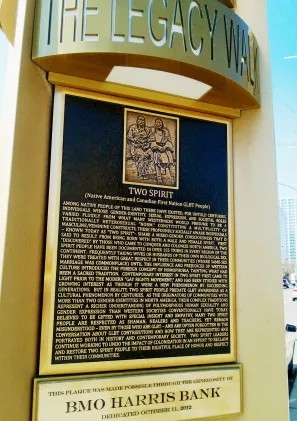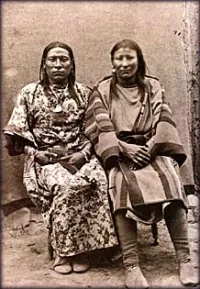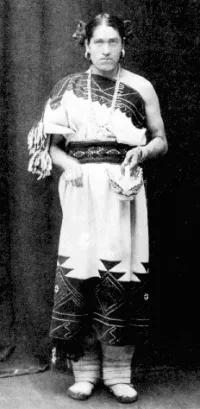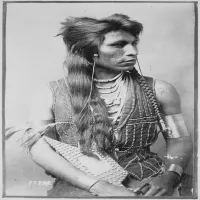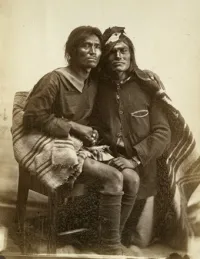“Being Two Spirit is being bestowed with the gift of sight and feeling. Two Spirits have the gift of seeing from both a male and female [sic] perspective and so in many cases it is easier to see into others as we can see into ourselves.”
- Marcy Angeles (Chiricahua Apache, Guamares Indian and Aztec) artist and Indigenous Trans rights activist
Among both Native Americans and Canadian First Nations people there have existed, for untold centuries, individuals whose gender identity, sexual expression, and societal roles varied fluidly from what many Westerners would presume to be a traditionally heterosexual “norm.” Constituting a multiplicity of masculine/feminine constructs, these profoundly socially aware individuals – known today as “Two-Spirit” people – share a mixed-gender consciousness that is said to result from being born with both a male and female soul – hence, a people with two spirits inhabiting one body through a continuum of gender identity variations and attractions. First “discovered” by those who came to conquer and colonize North America, Two Spirit people have been documented in over 155 tribes in every region of the continent. Frequently taking wives or husbands of their own biological sex, they were treated with great respect in their communities, where same-sex marriage was commonplace. The influence and prejudices of Western culture introduced the foreign concept of homophobia, tainting what had been a sacred tradition. Contemporary interest in Two Spirit first came to light prior to the modern “Gay Right Movement,” and has been studied with growing interest as though it were a “new” phenomenon by succeeding generations. But in reality, Two Spirit people predate GLBT awareness as a cultural phenomenon by centuries. As the originators of communities with more than two gender-identities in North America, their complex traditions represent a richer understanding of polymorphous human sexuality and gender expression than Western Societies conventionally have today. Believed to be gifted with special insight and empathy, many Two Spirit people are respected as shaman, healers and teachers, yet remain misunderstood – even by those who are GLBT – and are often forgotten in the conversation about GLBT contributions and how they are represented and portrayed both in history and contemporary society. Two Spirit leaders continue working to undo the impact of colonization in an effort to reclaim and restore Two Spirit people to their rightful place of honor and respect within their communities.
Lesson Plan
Demography
Nations Affiliated Canada United States
Era/Epoch All Eras
Commemorations & Honors
Two Spirits Documentary (2011)
Egale Canada Human Rights Trust Launched Two Spirits, One Voice Program (2013)
Resources
